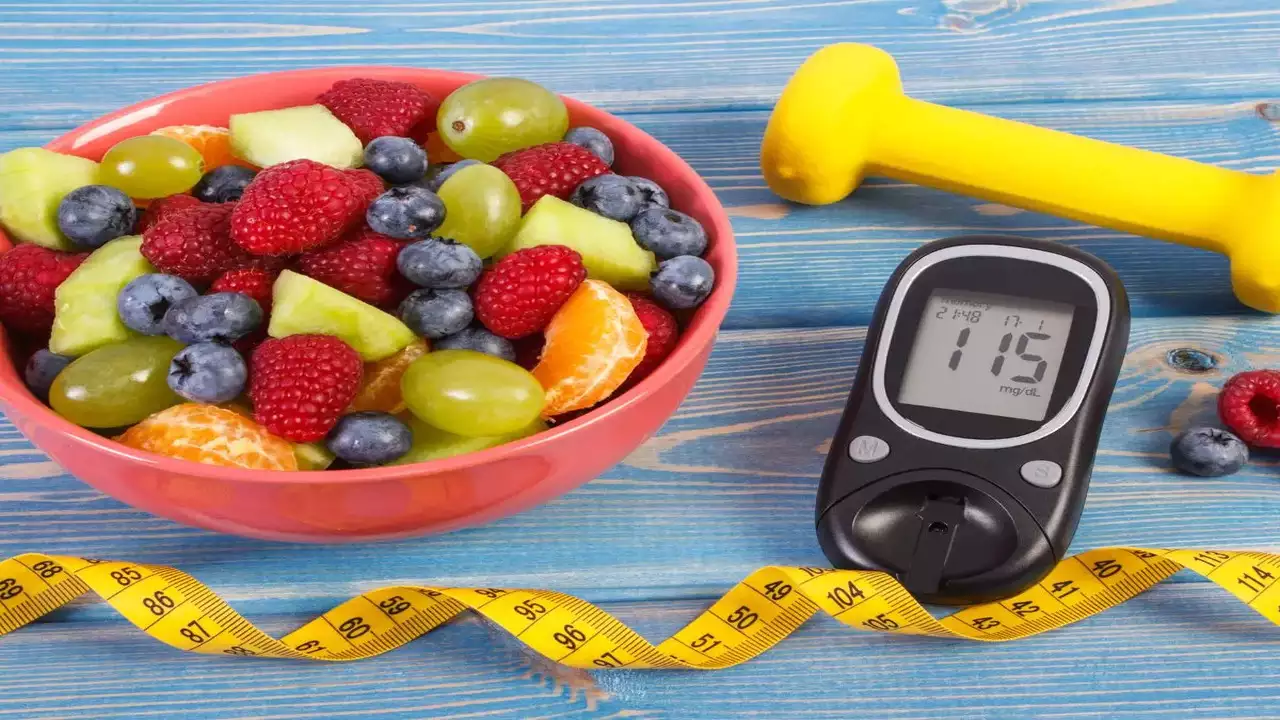Diabetes is a chronic illness that affects both the young and the elderly, regardless of age, family history, or other variables. The most frequent kinds of diabetes are Type 1 and Type 2. Type 2 diabetes is more prevalent in the elderly, but Type 1 diabetes is more prevalent in adolescents and children.
People living with diabetes should look to avoid vegetables with a high GI rating, as the body absorbs blood sugar from those foods much quicker compared with low-GI foods. This includes artichokes, asparagus, broccoli, celery, cauliflower, eggplant/aubergine, green beans, lettuce, peppers, snow peas and spinach.”
Diabetes has several causes, but one of the most common is an inability to make smart food choices. So, if you have diabetes, we’ll advise you what foods to avoid in this post.
Insulin Concentrations and Effects have Risen
- High insulin levels cause salt and water retention, putting additional strain on the circulatory system.
- Makes the body less susceptible to illness.
- If females are affected, their ovaries may produce more testosterone, leading to polycystic ovarian disease.
- The risk of atherosclerosis will grow, perhaps leading to a heart attack.
- Increased insulin can cause expanded blood fat (VLDL), which is a harmful cholesterol.
- Both nerve injury and vision loss can occur.
Furthermore, diabetes develops as a result of high and irregular insulin levels.
Food, such as the eating routine, plays a vital role in the management and control of diabetes, in addition to drugs, workouts, and various exercises. Reversing diabetes requires a nutritious diet. If you have diabetes, we’ve developed a list of foods to avoid.
Diabetic ketoacidosis is a serious diabetic complication. You should be aware of the signs and symptoms of diabetic ketoacidosis if you have diabetes. Regardless, you shouldn’t be concerned as long as your primary care physician gives you sound guidance on how to treat your sickness, and if you’re interested in learning more about Relative Medicine for your health, check out Vidalista.
Foods That Can Aid in the Prevention of Diabetes
Trans Fatty Acids
According to studies, fake trans fats are exceedingly hazardous. Hydrogen is added to unsaturated fats to help them balance out. The cycle of creation then begins. It can be found in margarine, spreads, peanut butter, biscuits, and other bread-based dishes in a variety of flavors. Trans fats, in particular, allow food to be consumed over longer periods of time. Insulin resistance, irritability, cardiovascular problems, low good cholesterol, and decreased blood vessel function are all associated with it. Stay away from anything with the label “Somewhat hydrogenated.”
Juice From Natural Sources
Natural juices may help you maintain your energy levels. If you have diabetes, however, you can take tiny amounts of natural product juices. Natural product juices have a high glycemic index, which means they raise blood sugar levels quickly. As a result, stay away from soft drinks and other sweet liquids. As a sugar-enhanced beverage, natural product juice contains a lot of fructose. Fructose has been linked to heart disease and insulin resistance.
Pasta, White Rice, and White Bread
This combination will lead you to have a lot of glucose in your system. Substituting low-fiber diets with high-fiber foods decreases glucose levels considerably in this method. Many diabetics have discovered that consuming high-fiber foods decreases cholesterol and helps to build gut bacteria, which aids in the progression of insulin resistance.
Tidbits Pressed
Stuffed bites are not health eating options because refined flour is the main ingredient. Additionally, the presence of quick-processing carbs causes glucose levels to rise quickly.
Maple Syrup, Nectar
Diabetics should avoid white sugar, sweets, and confections. High sugar spikes are detected in the blood when different types of sugar are utilized, such as nectar, maple syrup, earthy colored sugar, and so on. As a result, avoid them if you have excessive blood glucose levels.
Organic Dried Product
Dried natural commodities, as we all know, are high in nutrients, minerals, and micronutrients. Water is lost when organic materials are dried, resulting in increased concentrations of these vitamins. At the same time, the sugar level concentrates. Dried natural products have a lot more carbs in comparison to new organic stuff. Nobody says diabetics can’t eat organic foods, but they should stick to organic meals that are low in sugar.
Food Sources That have been Handled
Prepared carbohydrates, pop, and snacks and confections with added sugar should be avoided or consumed in moderation. As a result of these variables, glucose levels rise quickly. Blood glucose levels may be raised by synthetic chemicals contained in additives in prepared canned food sources. As a result, maintain a safe space between you and them use to Vidalista 20.
Primary Concern
Continue to avoid liquid sugars, refined carbohydrates, processed grains, and harmful fats in general. You’ll experience quick and strong sugar spikes and dunks in your blood glucose levels after eating them.
Concern implies dealing with, being concerned about, or producing an unpleasant emotion. Concern is demonstrated when someone is interested in another’s business worries. Concern can be demonstrated by someone concerned for a buddy who has left a party upset.





